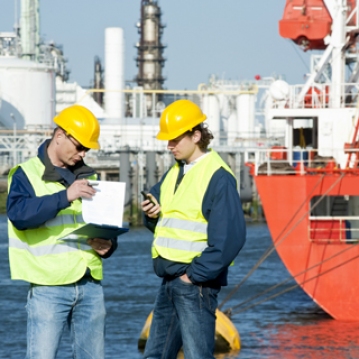
A legitimate inland port has a number of common features including proximity to a population of three million within a 200-mile radius, a major direct connection to a seaport via a Class I railroad, a foreign-trade zone status, and an abundance of commercial real estate for warehousing and distribution purposes. Dallas-Fort Worth, Chicago, Kansas City, St. Louis, Atlanta, Memphis, the Inland Empire of Los Angeles, Columbus, and Charlotte are currently home to fully-fledged inland ports. Florida is well and truly on board. With its proximity not only to the east/west all-water route from Asia via the Panama Canal, but also its strategic position as the U.S. gateway to North/South trade with the emerging economies of Central and South America, the state is fast-becoming a logistics hub.
The development of Florida Inland Port, formerly known as Treasure Coast Intermodal Campus, is a major step and a first for the state. The Florida Inland Port is a proposed 2,300 acre, rail-oriented integrated logistics center in southwest St. Lucie County set to break ground next year. It will incorporate multi-modal access (rail and highway) to the state’s seaports and a campus comprising warehouses, distribution centers, and assembly plants. Moreover, it will connect to every major Florida port along the Atlantic Coast, including Jacksonville.
The project, which is estimated to create approximately 10,000 direct and indirect jobs throughout the region, will allow shippers to offload their cargo at one of Florida’s major seaports and then utilize the new Florida-based distribution centers, warehouses, and assembly plants to complete the importexport cycle. This is an entirely new industrial model for Florida, ultimately providing a connection to direct on-dock rail service at the state’s key seaports, along with easy access to all major highways.

With the state’s already large consumer base, its geographic position, and the rapid growth of the South American economies, Florida is soon to become a major import-export state and a national center for freight distribution. The Florida Inland Port is another step to improving its infrastructure and efficiency to move goods to market as well as to compete on the world stage.






















